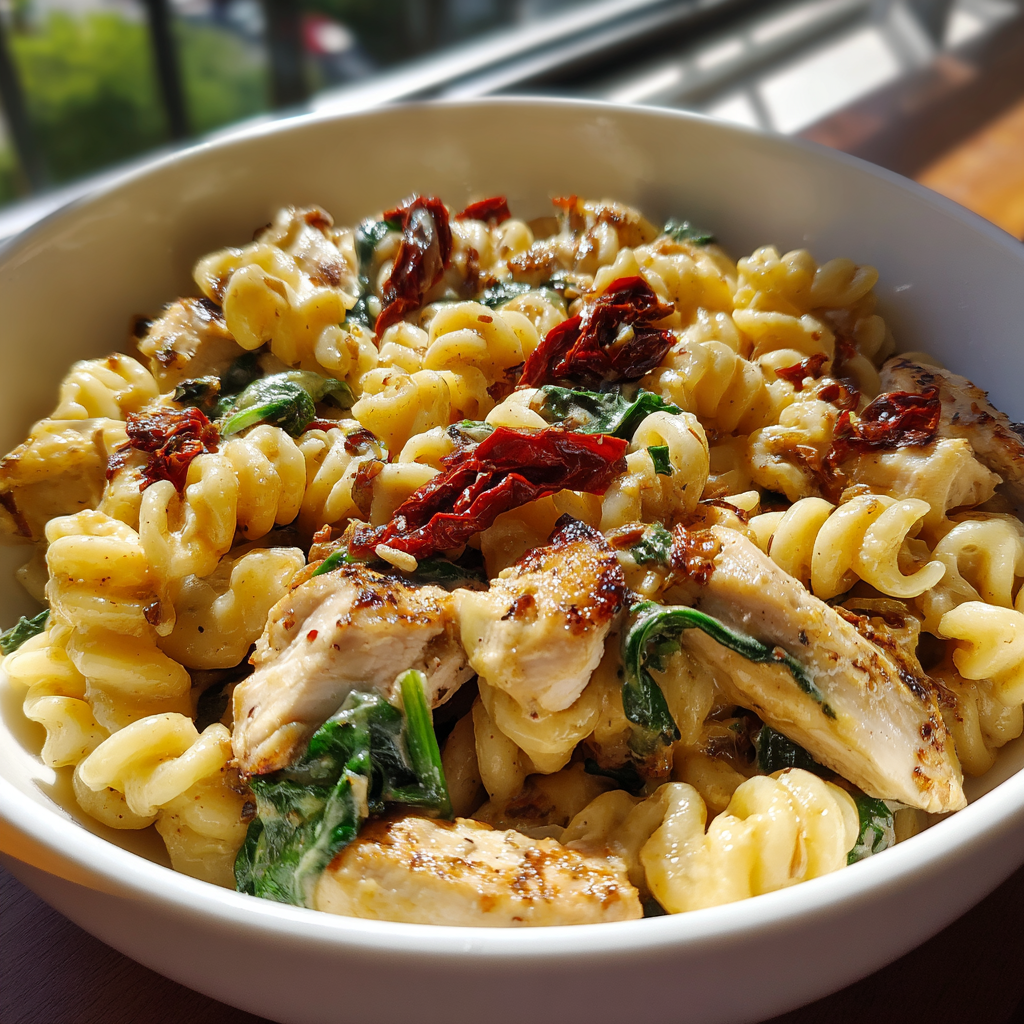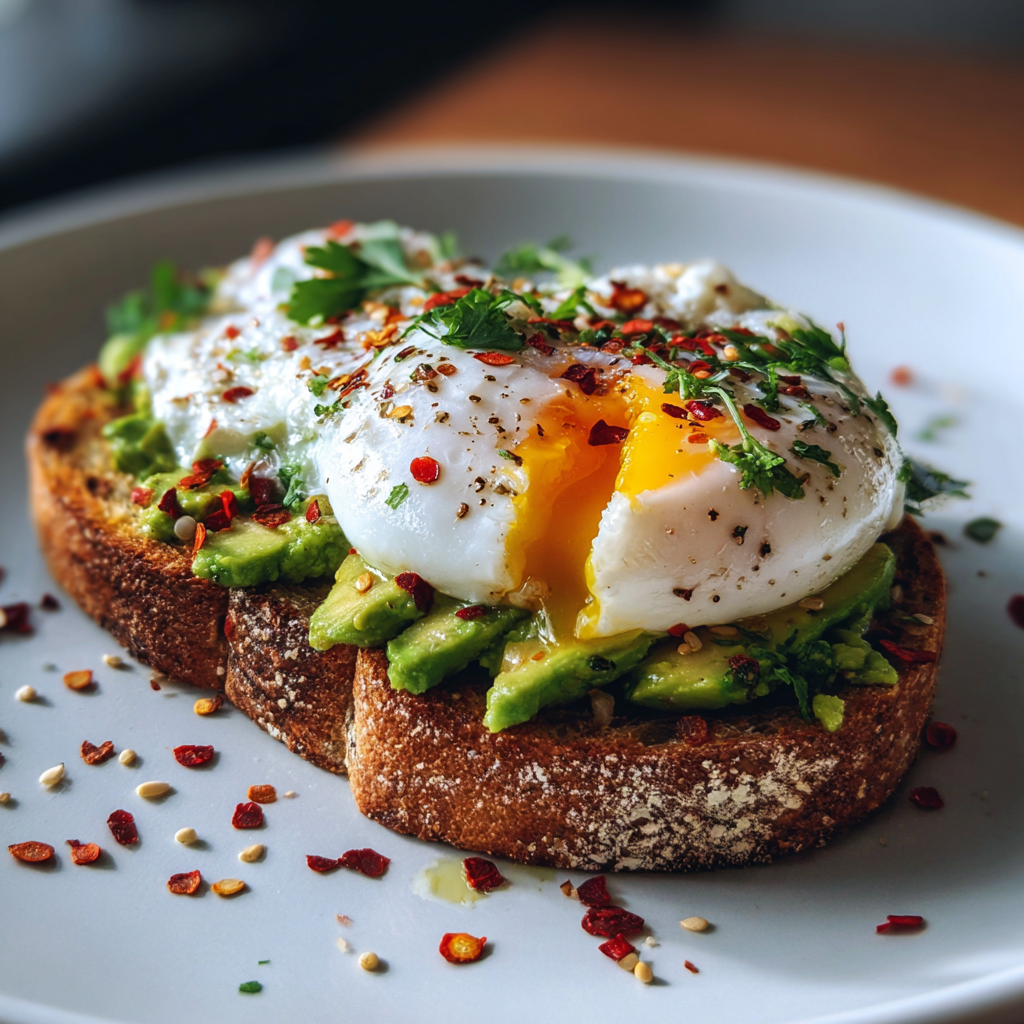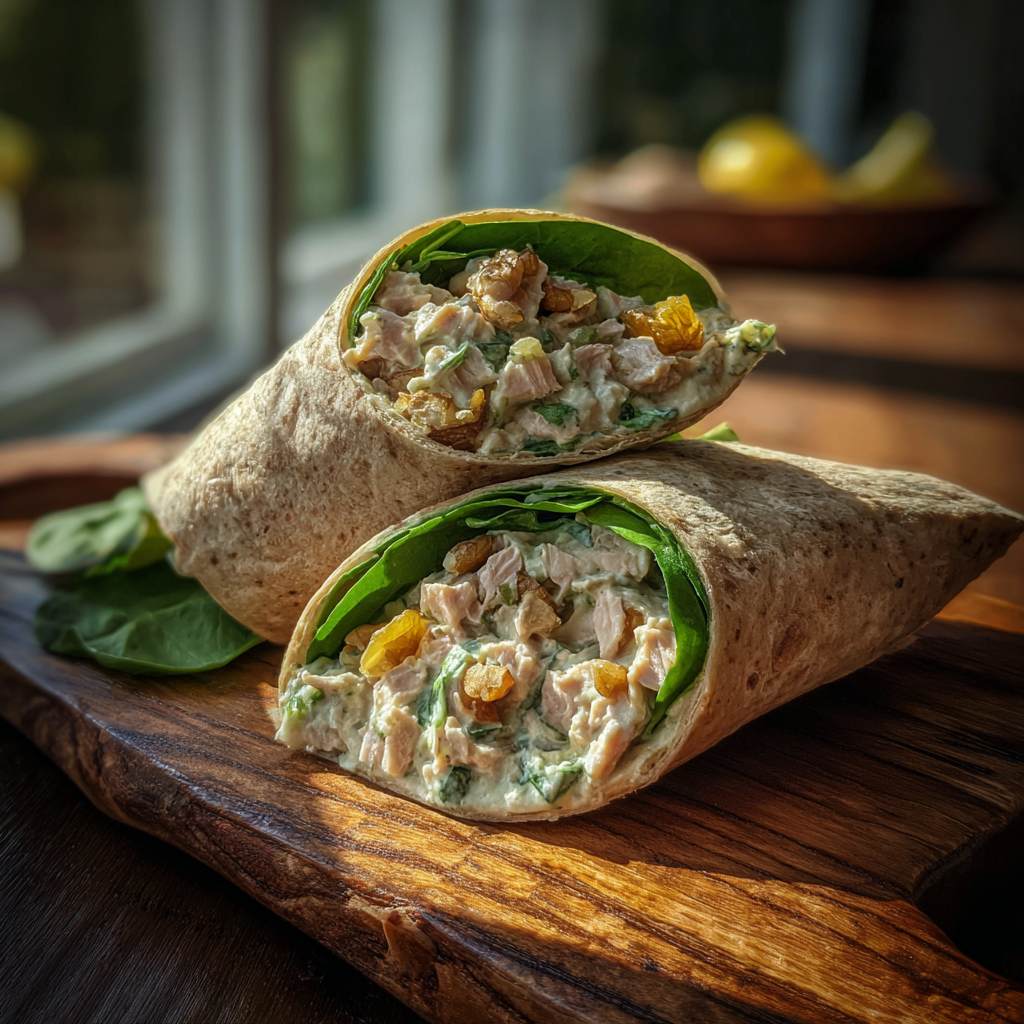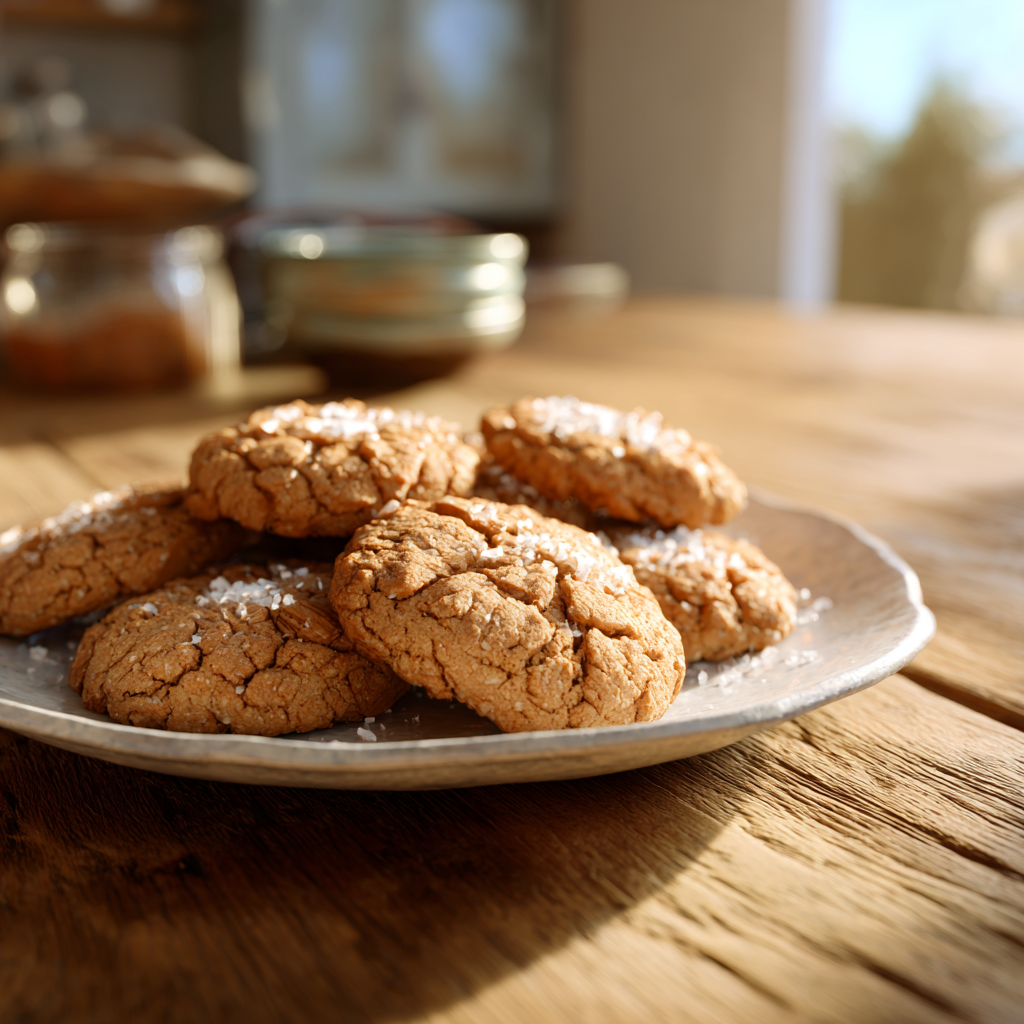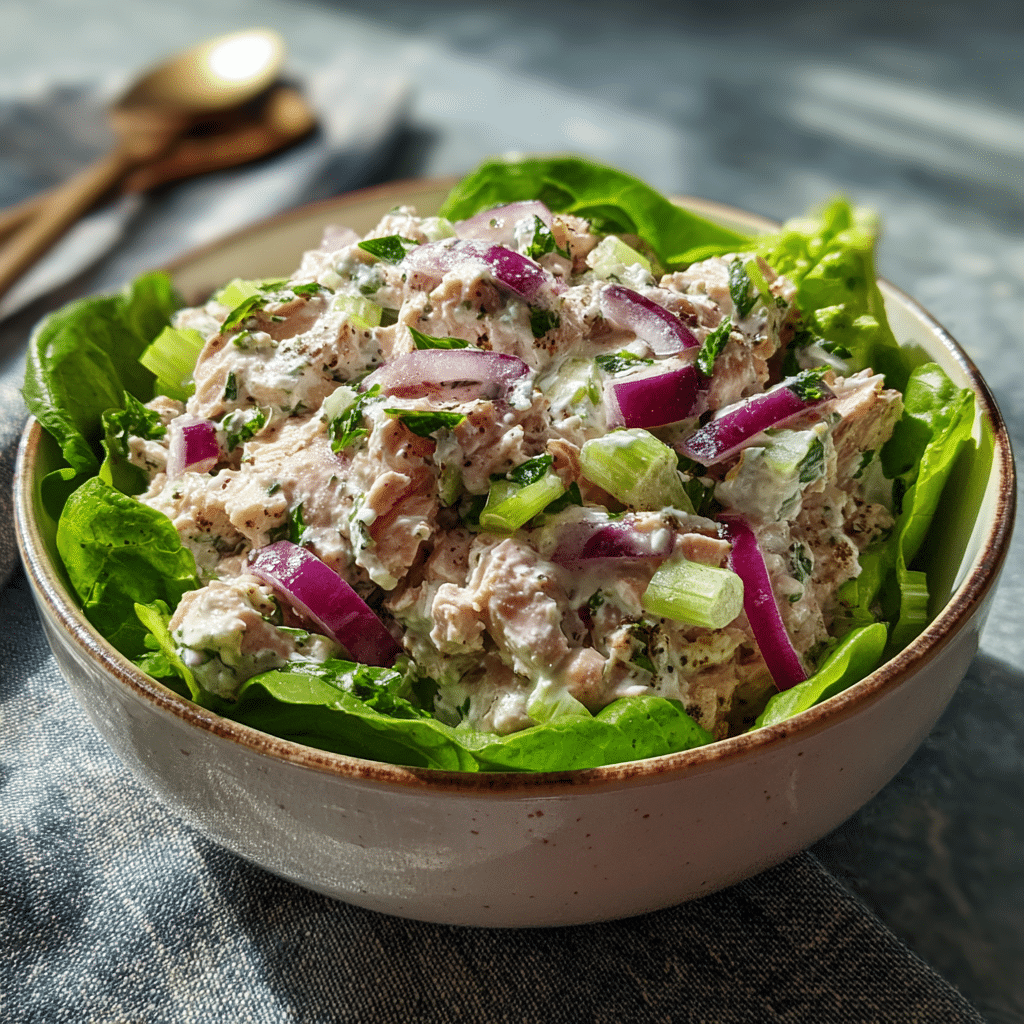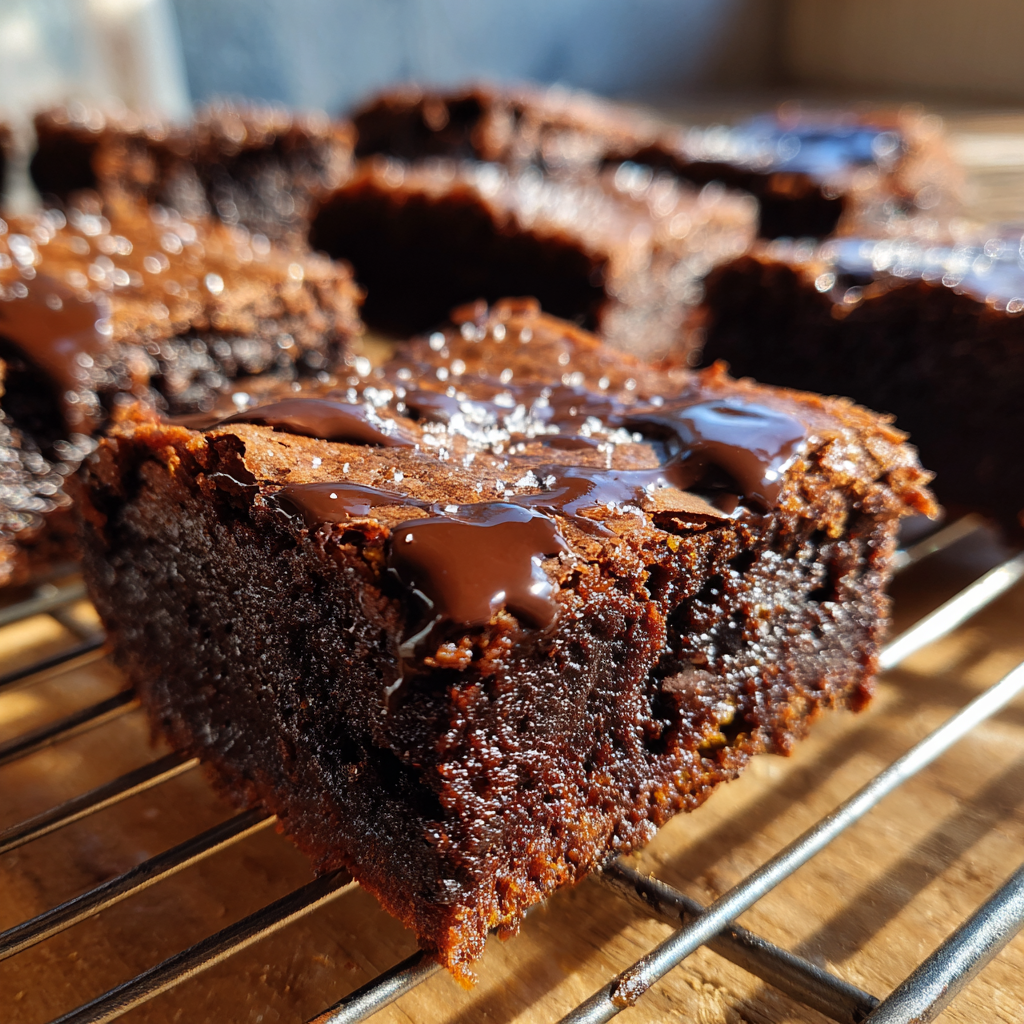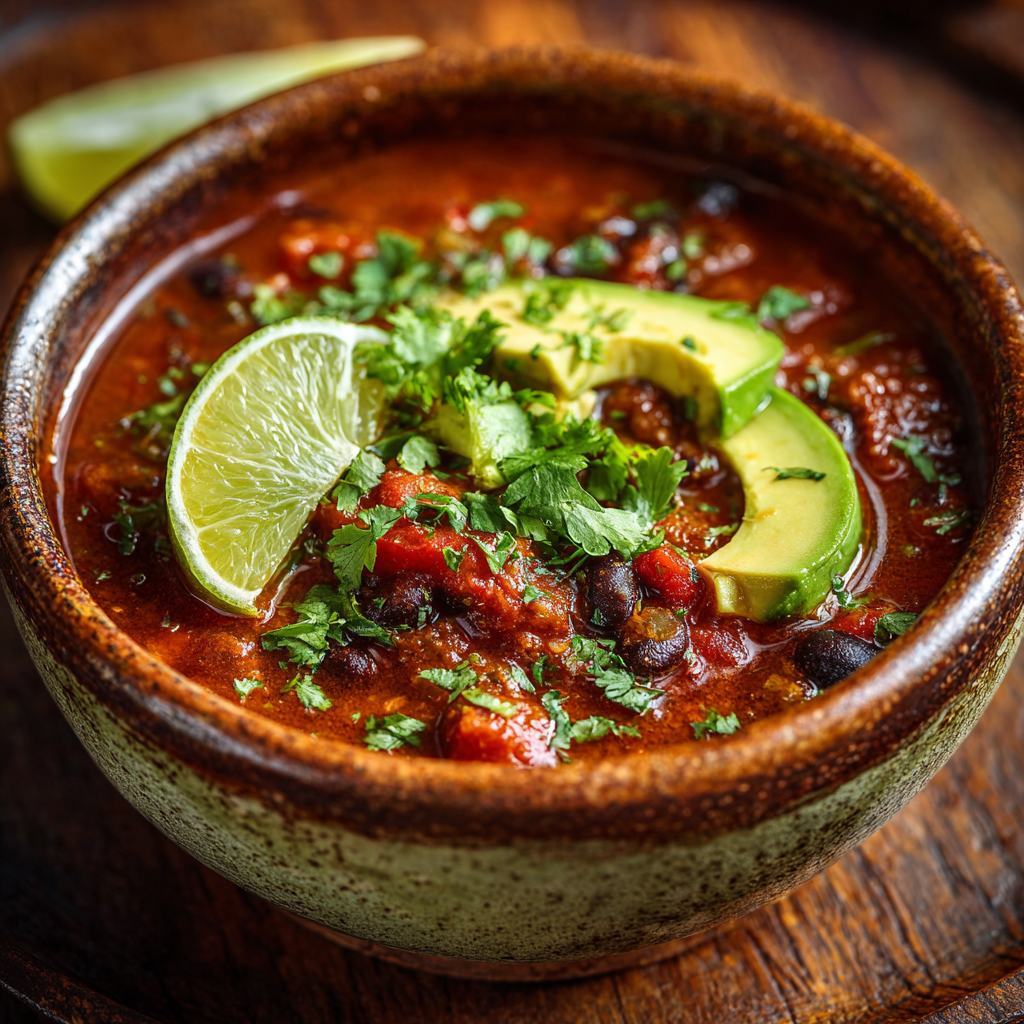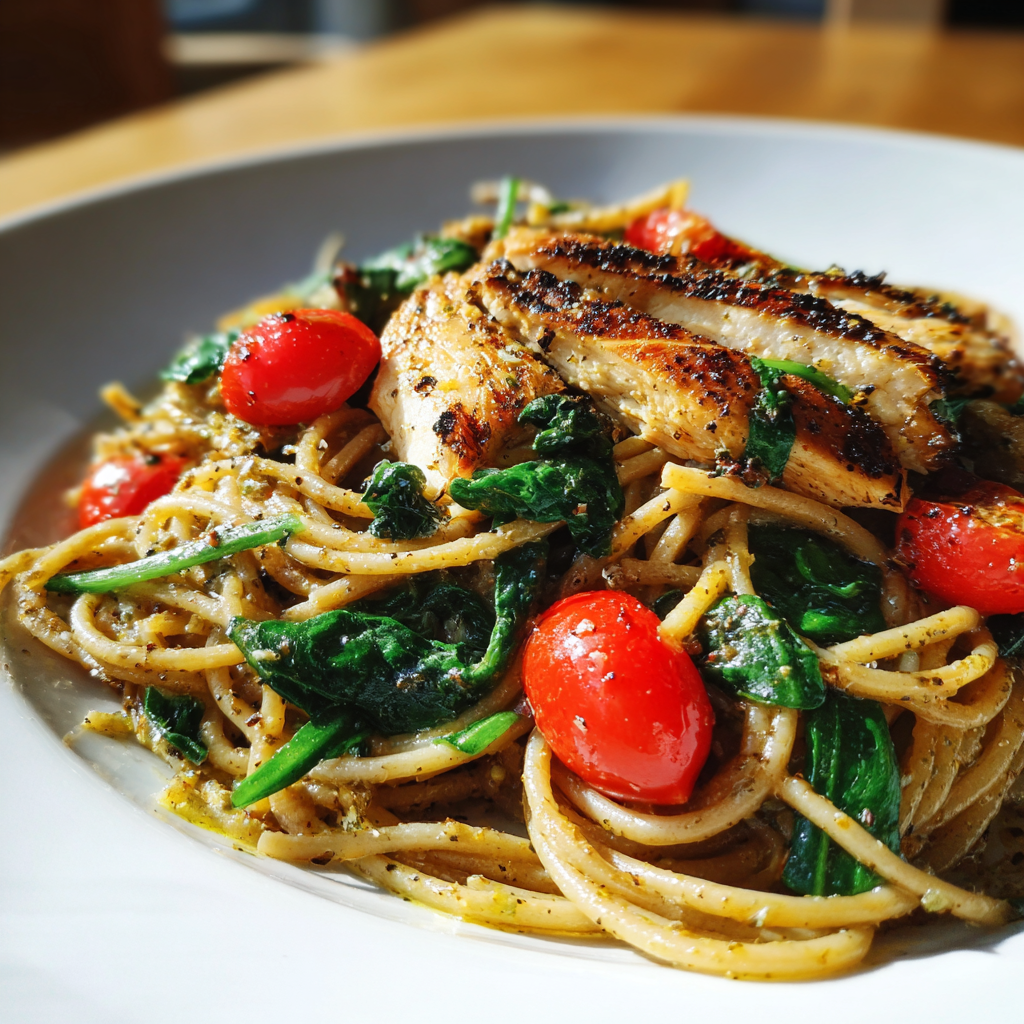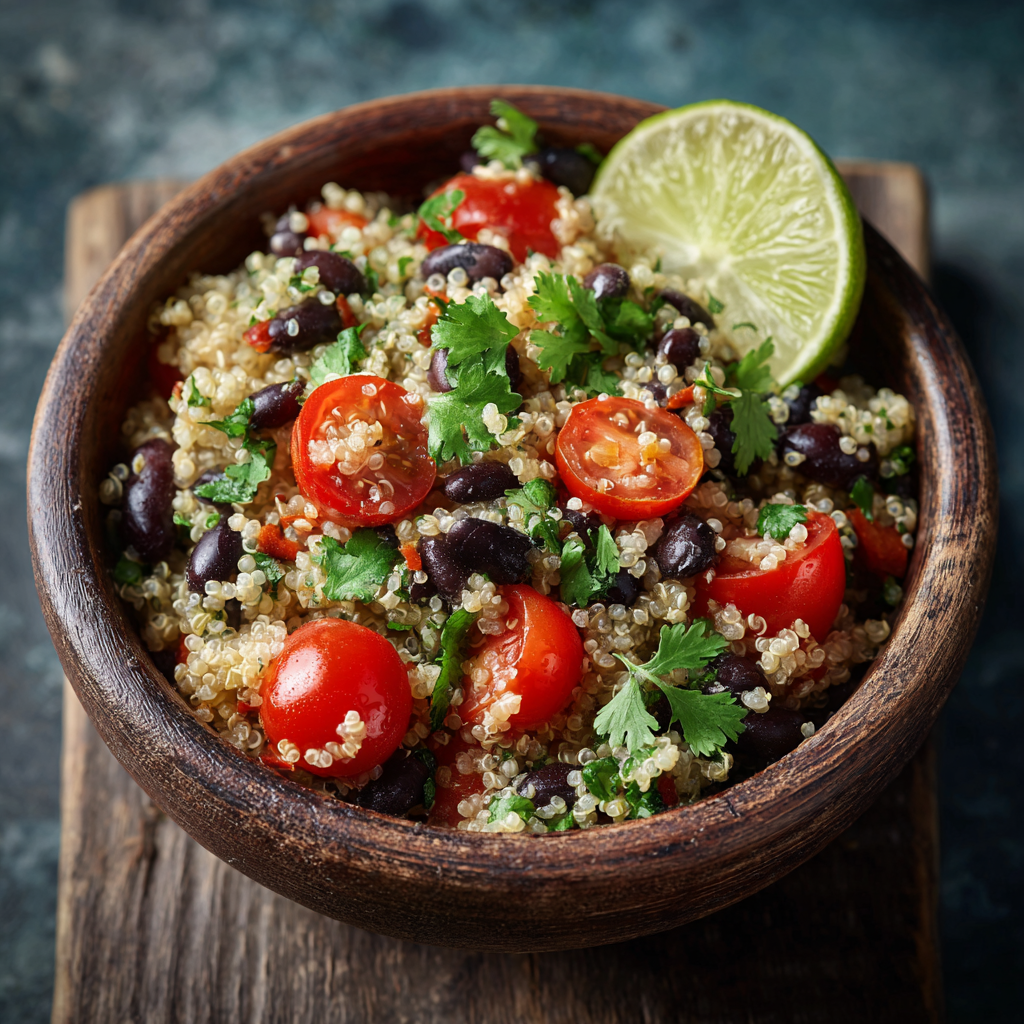Low calorie desserts are the sweet solution for anyone craving indulgence without the guilt. Whether you’re watching your weight or just want a healthier lifestyle, low calorie desserts make it easy to satisfy your sweet tooth while staying on track. From quick mug cakes to fruity parfaits, these low calorie desserts prove that flavor doesn’t have to come with extra calories.
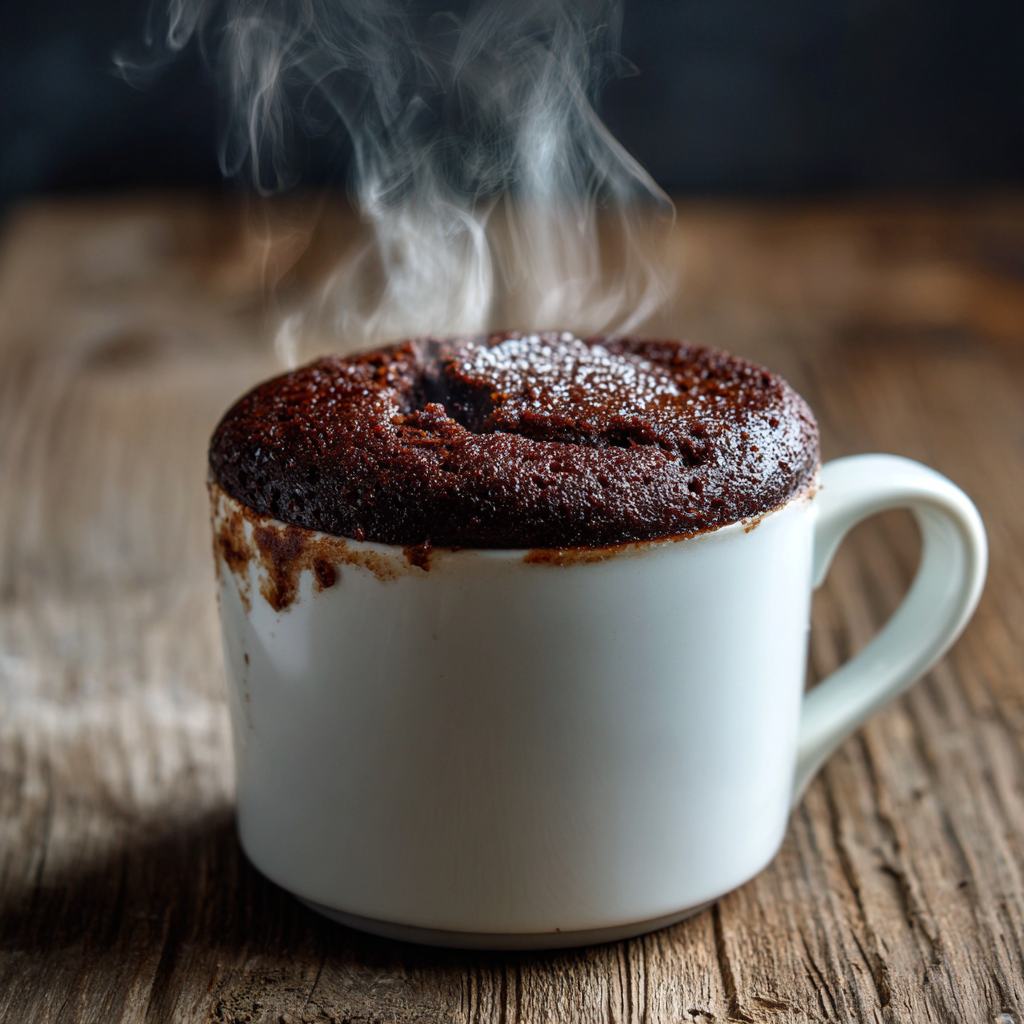
Table of Contents
Table of Contents

Low Calorie Chocolate Mug Cake
- Total Time: 3 minutes
- Yield: 1 1x
Description
This healthy mug cake is rich, moist, and packed with chocolate flavor. Low in calories, it’s made with no eggs or butter and ready in under a minute!
Ingredients
2 tbsp flour
1 tbsp cocoa powder
1 tbsp granulated sweetener
1/8 tsp baking soda
Pinch of salt
1 tsp oil
1/4 tsp vinegar
1/4 tsp vanilla
3 tbsp water
Optional: 1 tsp mini chocolate chips
Instructions
Spray a mug with cooking spray.
Mix dry ingredients. Add wet ingredients and stir until smooth.
Microwave for 60–90 seconds.
Let cool for 30 seconds before eating.
Notes
To keep this mug cake low in calories, use a zero-calorie sweetener and skip the chocolate chips. For a vegan version, use plant-based milk and dairy-free chocolate. For a gluten-free option, swap in almond flour. Cooking times may vary slightly depending on your microwave wattage.
- Prep Time: 2 minutes
- Cook Time: 1 minute
- Cuisine: American
Nutrition
- Serving Size: 1 mug cake
- Calories: 150 kcal
- Sugar: 4g (or 0g with sugar substitute)
- Sodium: 120mg
- Fat: 6g
- Saturated Fat: 1g
- Unsaturated Fat: 4.5g
- Trans Fat: 0g
- Carbohydrates: 21g
- Fiber: 2g
- Protein: 2g
- Cholesterol: 0mg
Keywords: low calorie desserts, healthy mug cake, sugar-free chocolate cake, quick desserts
Understanding Low Calorie Desserts
What qualifies as a low calorie dessert?
When we talk about low calorie desserts, we’re not just talking about something small—we’re talking about desserts that offer satisfaction without the calorie overload. Generally, anything under 200 calories per serving can fall into this category. From healthy sweet treats like fruit cups to innovative recipes like mug cakes and protein brownies, low calorie desserts are designed to be lighter but still incredibly tasty.
Most low calorie desserts rely on whole foods, sugar substitutes, and clever ingredient swaps. Think of Greek yogurt instead of cream, or applesauce replacing oil. It’s all about flavor without the extra fat or sugar. These kinds of desserts fit well into a variety of diets and are especially popular with people focused on balanced eating and sustainable weight goals.
Benefits of choosing low calorie desserts for weight loss
One of the biggest perks of eating low calorie desserts is that they help you manage your cravings without derailing your progress. They’re the perfect weight loss desserts, keeping you full and satisfied without the crash that often comes with sugary snacks. Plus, these guilt-free desserts can support healthier habits long term.
If you’re trying to eat better but still want a low sugar dessert now and then, low calorie desserts are your best friend. They offer freedom, flexibility, and a whole lot of flavor in every bite.
Top Ingredients Used in Low Calorie Sweets
Natural sweeteners: Stevia, monk fruit, and erythritol
When it comes to making low calorie desserts, the sweetener you choose can make or break the recipe. Traditional sugar adds a ton of empty calories, which is why natural sweeteners like stevia, monk fruit, and erythritol are top picks for healthier dessert lovers. These sugar substitutes give you the sweetness you crave without the blood sugar spike.
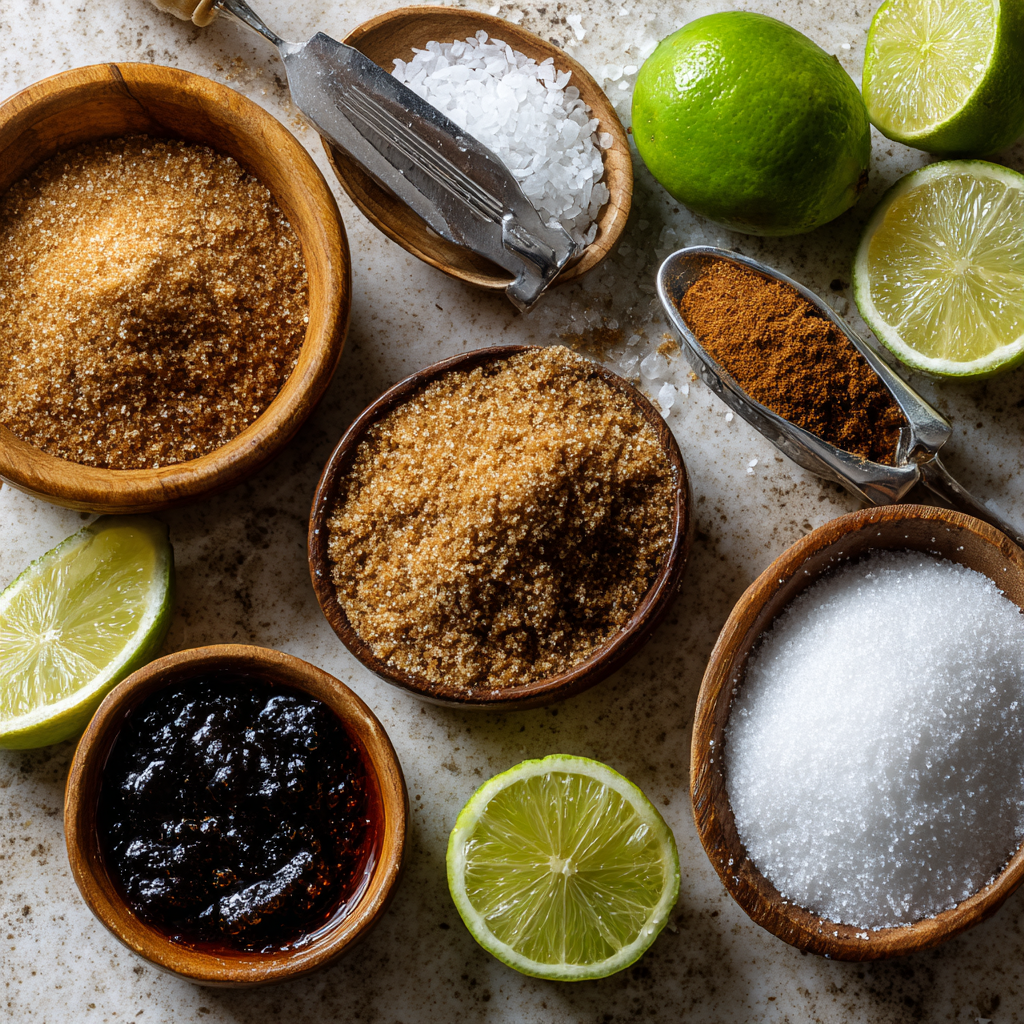
Stevia and monk fruit are derived from plants, making them perfect for clean eating. Erythritol, while technically a sugar alcohol, has almost zero calories and works beautifully in low sugar baking. Whether you’re whipping up cookies, brownies, or low calorie desserts like mug cakes, these options keep things light and tasty.
Low-fat alternatives: Greek yogurt, avocado, nut butter
The creamy, rich texture in most desserts comes from butter or cream—but that doesn’t mean you have to sacrifice flavor when cutting calories. Greek yogurt is packed with protein and gives a luscious consistency to low calorie desserts. Avocado adds healthy fats and a smooth texture, while nut butter offers flavor depth and a satisfying finish.
These ingredients not only reduce calorie count but also boost nutritional value. That means you’re getting more from every bite. Plus, when used right, they blend so well into recipes, you’d never know they were low fat alternatives.
With the right swaps, creating low calorie desserts becomes less about limitation and more about smart, flavorful choices.
Quick & Easy Low Calorie Mug Cake Recipe
Ingredients and substitutions (sugar-free, vegan, gluten-free)
This low calorie dessert is everything you want in a treat—rich, chocolaty, and ready in one minute flat. Best of all? It’s made without eggs, dairy, or butter. To keep this healthy mug cake truly low in calories, we use basic pantry ingredients and allow room for flexible swaps.
Start with all-purpose flour, or swap it for oat or almond flour if you’re gluten-sensitive. Use sugar substitutes like stevia or erythritol to create a sugar-free dessert with full flavor. Cocoa powder delivers bold chocolate taste, while baking soda gives the cake lift. A pinch of salt enhances sweetness, and oil (just a teaspoon!) adds moisture without overload.
Optional but game-changing: a dash of espresso powder to deepen the chocolate flavor, and a sprinkle of mini chocolate chips for extra indulgence.
This low calorie dessert is dairy-free, vegan, and can be made gluten-free with a simple flour swap.
Microwave and oven instructions with variations
To make this quick dessert, spray a mug with nonstick spray. Mix the dry ingredients, then stir in water, oil, vanilla, and vinegar. Add chocolate chips if using. Microwave on high for 60–90 seconds.
Want to bake instead? Preheat the oven to 350°F and bake in a ramekin for 10–12 minutes.
This low calorie dessert is endlessly customizable. Try adding a spoon of nut butter, crushed berries, or cinnamon for extra flavor without guilt. A warm, gooey, vegan chocolate cake—in just one minute? Yes, please.
Top 5 Low Calorie Desserts You Can Make Today
Healthy banana bread
If you’re looking for comforting low calorie desserts, banana bread is a must. When made with no added sugar, whole wheat flour, and minimal oil, it becomes a low sugar snack that tastes like a treat but supports your goals.
Check out this easy version: Healthy Banana Bread. It’s moist, delicious, and naturally sweetened—perfect for breakfast or dessert.
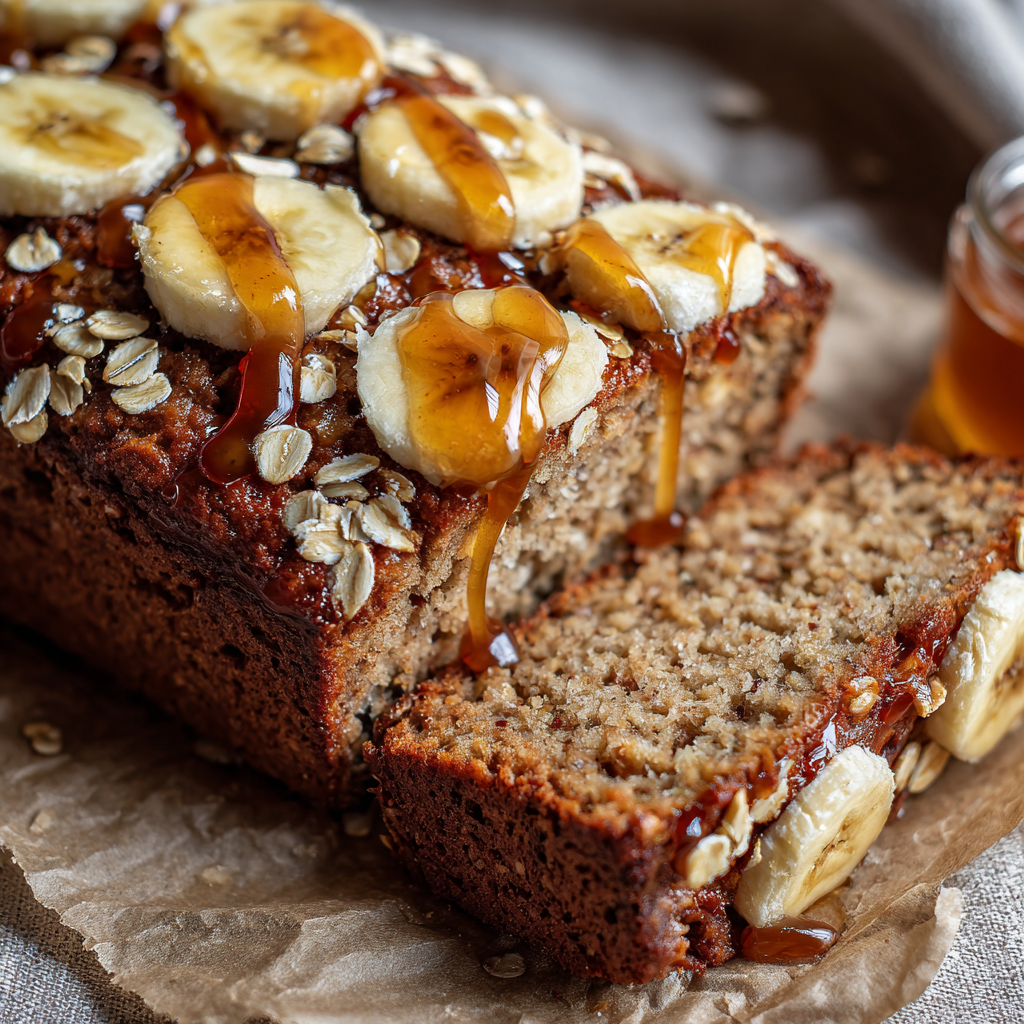
Mug brownie
This low calorie dessert takes the classic brownie and trims the fat—literally. Using almond milk, cocoa powder, and just a touch of oil, it delivers rich flavor in one microwave-safe mug. Plus, it’s ready in 60 seconds and under 150 calories.
Greek yogurt parfait
Layer nonfat Greek yogurt with fresh berries, a drizzle of honey, and a sprinkle of oats. This refreshing parfait is one of the easiest low calorie desserts to prepare. It’s full of protein, fiber, and just the right amount of sweetness.
Baked apples with cinnamon
Slice up an apple, sprinkle it with cinnamon and a touch of stevia, then bake until soft. This quick healthy dessert is comforting, warm, and perfect for chilly nights.
Sugar-free protein balls
Blend oats, peanut butter, vanilla protein powder, and dark chocolate chips into bite-sized bliss. These no-bake energy balls are ideal under 100 calorie desserts you can keep on hand for a guilt-free indulgence.
Low calorie desserts don’t have to be boring—these five are proof you can enjoy every bite.
Store-Bought Low Calorie Sweets Worth Trying
Best packaged snacks under 100 calories
Not everyone has time to whip up homemade low calorie desserts every day. That’s where store-bought options step in to save the craving. Luckily, there are plenty of under 100 calorie treats that won’t blow your daily goals.
Look for portion-controlled items like Skinny Cow ice cream sandwiches, SmartSweets gummy bears, and Yasso frozen Greek yogurt bars. Each delivers flavor, fun, and convenience while staying within your calorie budget. These packaged low calorie snacks are ideal for travel, office breaks, or those emergency sweet-tooth moments.
Need something crunchy? Try 100-calorie packs of almonds, chocolate-covered pretzels, or popcorn. Each one is a low calorie dessert in its own right—just enough to satisfy, never enough to derail.
What to look for on the nutrition label
When choosing store-bought healthy desserts, always check the label. Stick to snacks with fewer than 10 grams of sugar, minimal saturated fat, and no artificial trans fats. Fiber and protein are bonuses—they keep you fuller longer and balance the sweet fix.
Also, avoid anything labeled “sugar-free” if it contains tons of artificial ingredients or excessive sugar alcohols. These can cause digestion issues and may taste overly synthetic.
For a smart tip, don’t miss our Churro Cheesecake Recipe if you’re craving something homemade but with that bakery-level taste—while still staying in the low calorie desserts zone.
Choosing store-bought low calorie desserts doesn’t mean sacrificing taste—it means eating smarter.
Low Calorie Desserts for Specific Diets
Vegan-friendly low calorie options
Eating plant-based doesn’t mean skipping dessert. There are plenty of low calorie desserts that are totally vegan and still full of flavor. Think chia seed pudding, banana-based ice cream, and coconut milk chocolate mousse. These vegan sweet treats skip the animal products but keep the satisfaction.
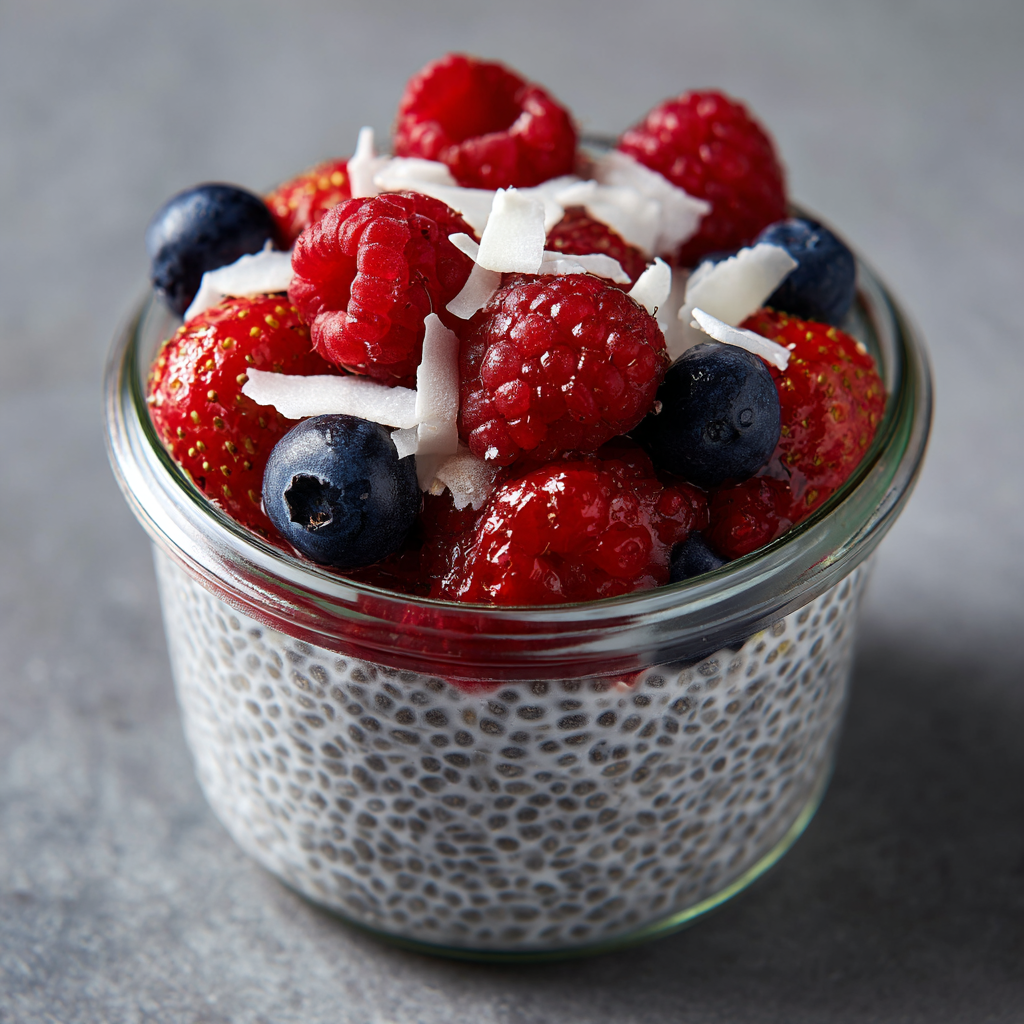
What makes them low calorie? Most rely on whole foods and natural sweeteners like maple syrup or fruit. Swap in almond or oat milk, and you’ve got a dairy-free dessert that’s rich, creamy, and guilt-free.
Keto and gluten-free sweet treats
Low carb lovers, rejoice. Low calorie desserts can be keto too. Almond flour brownies, peanut butter fat bombs, and dark chocolate avocado mousse are all keto-friendly and under 200 calories per serving. They’re sweet, satisfying, and blood sugar-friendly.
And for the gluten-sensitive crowd? Many gluten-free snacks double as low calorie desserts. Just avoid heavy starches or added sugars. Instead, use almond flour, coconut flour, or oats.
Need a great gluten-conscious option? Don’t miss our Kodiak Pancake Recipe, which can easily be adjusted for low calorie goals.
No matter your dietary restrictions, there’s a low calorie dessert out there that fits your lifestyle. The trick is choosing ingredients that align with your needs and using simple methods that bring big flavor.
In short: whether you’re vegan, gluten-free, or low carb, low calorie desserts can still be your favorite part of the day.
Expert Tips to Keep Desserts Low Calorie Yet Flavorful
Ingredient swaps that cut calories
Creating low calorie desserts isn’t just about cutting ingredients—it’s about swapping them wisely. Want a rich texture without the butter? Try unsweetened applesauce, mashed bananas, or avocado. Need sweetness with fewer calories? Go for flavor without sugar using stevia, monk fruit, or date paste.
Cocoa powder adds chocolate richness without the added fat of chocolate bars. Using Greek yogurt instead of cream or oil in recipes adds protein while keeping things moist and satisfying. These healthy baking swaps keep your treats lighter and your body happier.
Want inspiration? Learn more about smart dessert choices from our lightened-up Avocado Toast Recipe—a great example of health and flavor in balance.
Cooking methods that preserve taste without the fat
The way you cook a dessert can also make a huge difference. Baking instead of frying cuts down on unnecessary oil. Microwaving can be ideal for single-serve portions, helping you avoid overeating. Steaming fruits or grilling pineapple gives you natural caramelization with no added sugar.
Layer flavors—like cinnamon, vanilla, nutmeg, or citrus zest—to enhance taste in your low calorie desserts without loading on calories. Texture also matters. Add a crunchy element like nuts or toasted oats for satisfaction without heaviness.
At the end of the day, low calorie desserts should feel indulgent. With a few creative tricks, you can enjoy lightened-up recipes that never taste “diet.”
Mistakes to Avoid When Making Low Calorie Desserts
Overusing artificial sweeteners
One of the most common pitfalls when making low calorie desserts is going overboard with artificial sweeteners. While these help cut calories, too much can lead to an unpleasant aftertaste or digestive issues. Instead, use options like stevia, monk fruit, or small amounts of natural honey or maple syrup for balanced sweetness.
Some sugar-free baking recipes rely heavily on sugar alcohols, which can upset sensitive stomachs. Always test small batches first and taste as you go. Remember, a little sweet goes a long way—especially when paired with vanilla, cinnamon, or cocoa.
Skipping fat completely: why it backfires
Trying to remove all fat from low calorie desserts might sound like a good idea, but it often leads to dry, flavorless results. Fat helps carry flavor and creates that soft, satisfying texture we crave. The key is to replace unhealthy fats, not eliminate them.
Use healthy fats like avocado, nut butters, or small amounts of oil. Greek yogurt is also a smart swap—it adds moisture and protein with fewer calories than butter or cream.
Making healthy dessert fails can be discouraging, but avoiding these two big mistakes helps you enjoy treats that are both smart and satisfying.
Need more flavor-forward ideas? Don’t miss our cozy Hibachi Noodles Recipe—it’s savory, satisfying, and shows how simple swaps can make a big impact.
With a little practice and some smart ingredient choices, your low calorie desserts can taste just as indulgent as the real thing—without the crash.
Reader Favorite Recipes & Real Feedback
Best-rated recipes from Forkella
When it comes to low calorie desserts, nothing speaks louder than real results from home kitchens. Our readers have tested, reviewed, and tweaked dozens of recipes to fit their needs—and some treats rise to the top again and again.
One all-time favorite? The Healthy Banana Bread—packed with flavor, perfectly moist, and made without refined sugar. It consistently earns high marks for being one of the best low calorie desserts that doesn’t taste low calorie. Others rave about the one-minute mug cake, which they call a “game-changer for late-night cravings.”
Community reviews and customizations
What makes these low calorie desserts even better? Readers share their own twists—like swapping in almond flour, adding berries, or using sugar-free chocolate chips. This feedback fuels new ideas and helps others create personalized low calorie desserts that fit their lifestyle.
In fact, the most appreciated recipes are those that balance simplicity with nutrition. Quick to make, easy to customize, and loaded with flavor—these are reader-tested recipes that satisfy again and again.
Looking for inspiration? Try browsing our homepage for trending ideas and fresh takes on your favorite low calorie desserts. Real people, real results, real flavor.
Nothing builds confidence in the kitchen like knowing others have succeeded with the same recipe. With such strong community backing, your next low calorie dessert might just be your best yet.
Conclusion: Enjoy Desserts Without the Guilt
Choosing low calorie desserts doesn’t mean giving up on taste—it means making smarter choices that satisfy your sweet tooth and your goals. Whether you’re watching your weight, managing blood sugar, or simply aiming to eat cleaner, there’s a wide world of guilt-free treats waiting for you.
From one-minute mug cakes to healthy banana bread and creamy parfaits, low calorie desserts prove that indulgence can be part of a healthy lifestyle. With the right ingredients and a little creativity, it’s easy to create low sugar options that feel like a splurge—without the extra calories.
Plus, with so many options for every diet type—vegan, keto, gluten-free—you’ll never be stuck wondering what to make. Need even more simple ideas? Don’t miss our collection of easy healthy recipes that include some of the best low calorie desserts out there.
So go ahead—grab a mug, mix up your next craving-fix, and enjoy desserts that love you back. Your taste buds—and your body—will thank you.
For mor recipes follow me in instagram and facebook.
FAQs About Low Calorie Desserts
Which dessert has the lowest calories?
The dessert with the lowest calories is often fruit-based or no-bake. A bowl of fresh berries with a dollop of Greek yogurt or a baked apple with cinnamon can have as few as 50–80 calories. These low calorie desserts are naturally sweet, nutrient-rich, and incredibly satisfying.
What sweets have the lowest calories?
Sweets with the lowest calories usually contain little or no added sugar and minimal fat. Think frozen grapes, sugar-free gelatin, or mini portions of dark chocolate. Many low calorie desserts also use sugar substitutes and fiber-rich ingredients to keep you fuller longer.
What is the healthiest dessert for weight loss?
The healthiest dessert for weight loss is one that’s low in sugar, moderate in healthy fats, and rich in nutrients. Mug cakes made with almond flour and stevia, chia seed pudding, or Greek yogurt parfaits top the list of low calorie desserts that support fat loss without feeling like deprivation.
What can I eat that’s sweet but low in calories?
If you’re craving something sweet but want to stay on track, you have options! Enjoy low calorie desserts like sugar-free protein balls, banana ice cream, or homemade chocolate avocado mousse. These treats offer real flavor with fewer calories and more nutritional value.

